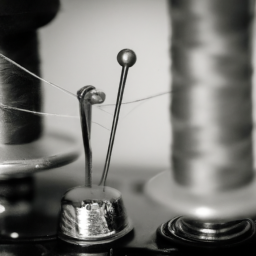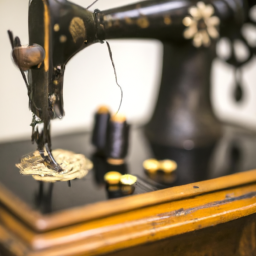
History of Fabric Sewing and Stitching

Image Source: Unsplash
From ancient times to the modern era, sewing and stitching have been essential skills in the creation and repair of fabric-based products. The history of fabric sewing and stitching is both fascinating and extensive, showing the evolution of techniques and the impact they have had on various cultures.
The earliest evidence of sewing dates back to the Paleolithic period, roughly 25,000 years ago. Primitive needles made of animal bones or horns were used to sew together pieces of animal hides, creating garments for warmth and protection from the elements. As societies progressed, needles evolved into more refined tools made from materials like bronze and iron.
With the rise of civilization, sewing techniques became more sophisticated. Ancient Egyptians, for instance, were known for their intricate embroidery and their use of linen fabric. Embroidery was not only used for clothing but also for decorative purposes in temples and tombs. The Romans took it a step further by introducing sewing machines powered by humans or animals.
“Sewing is not just about creating functional products, but also a form of artistic expression.”
During the Middle Ages, professional tailors emerged and played a crucial role in sewing garments for nobility. Tailoring guilds were established in Europe, ensuring the high quality and standards of clothing production. It was also during this time that buttons were first used as functional fasteners.
The Industrial Revolution introduced a significant shift in the sewing industry. The invention of the sewing machine in the 19th century revolutionized the production process, allowing faster and more efficient stitching. This brought sewing from a predominantly manual activity to an industrial one, influencing the growth of the textile industry worldwide.
Today, sewing continues to be a valued skill. While machines have largely replaced manual stitching for mass production, there is still a thriving community of passionate individuals who pursue sewing as a hobby or profession. Sewers explore traditional techniques while also incorporating modern materials and technology, keeping the art of fabric sewing and stitching alive.

Image Source: Pexels
In conclusion, the history of fabric sewing and stitching showcases the ingenuity and creativity of human beings throughout the ages. From crude needles and hand-sewn clothing to the invention of the sewing machine and beyond, this craft has evolved alongside civilization itself. Sewing is not just about creating functional products, but also a form of artistic expression that connects generations and cultures.




